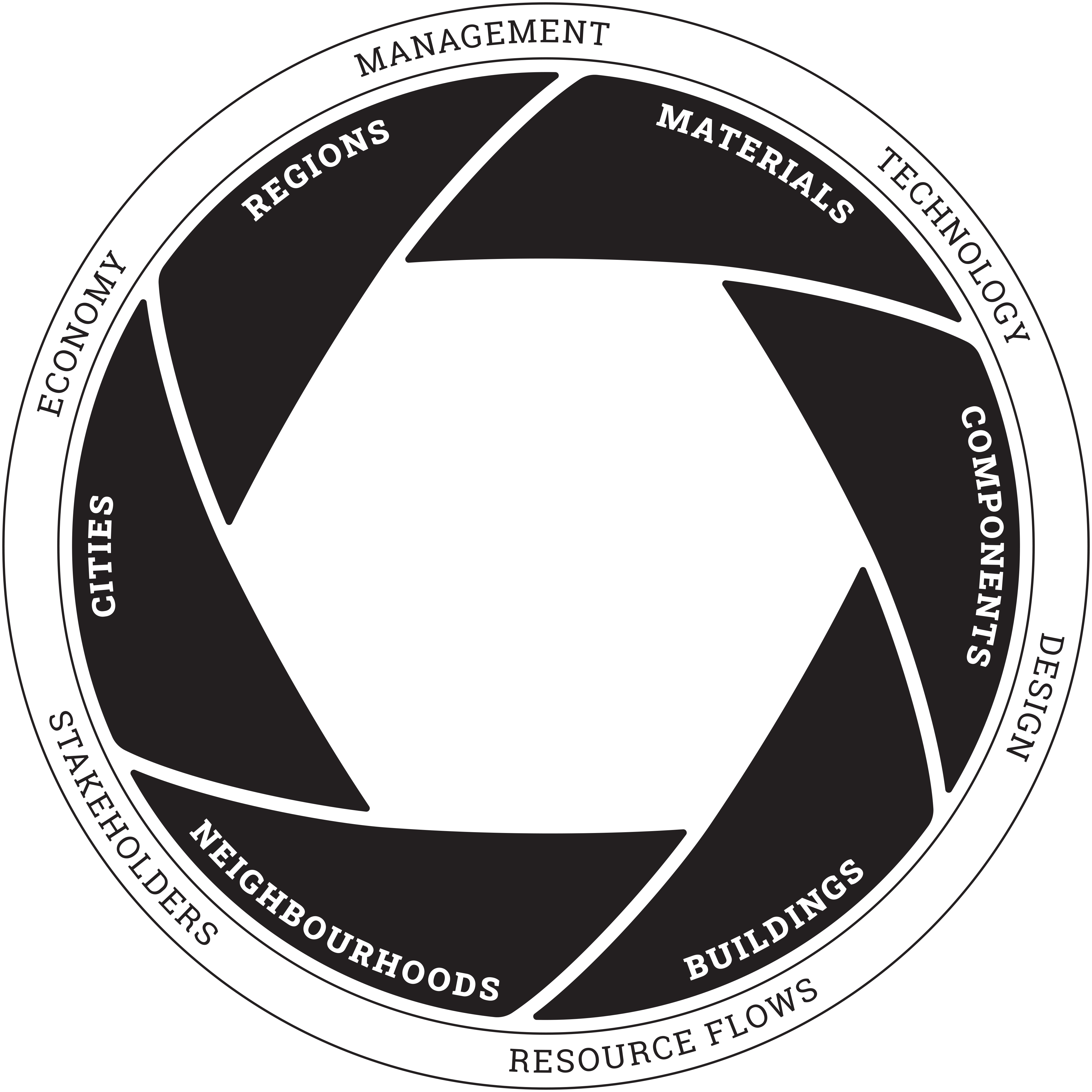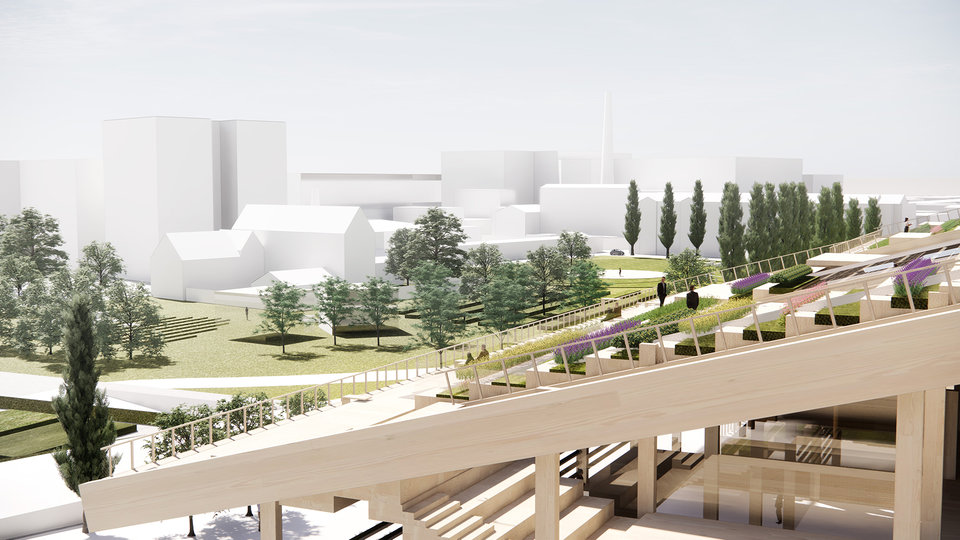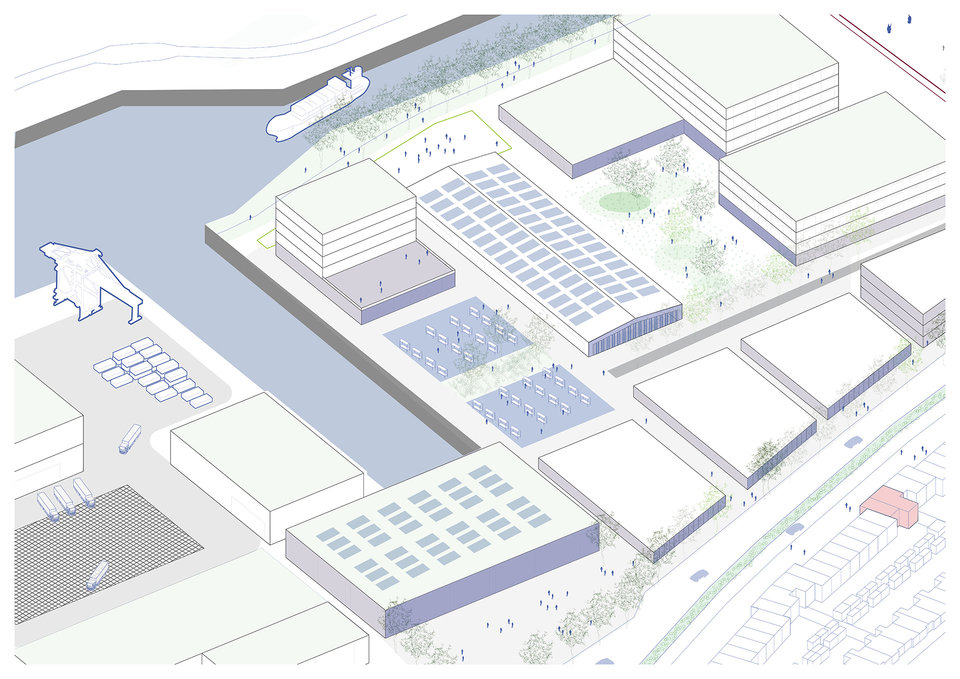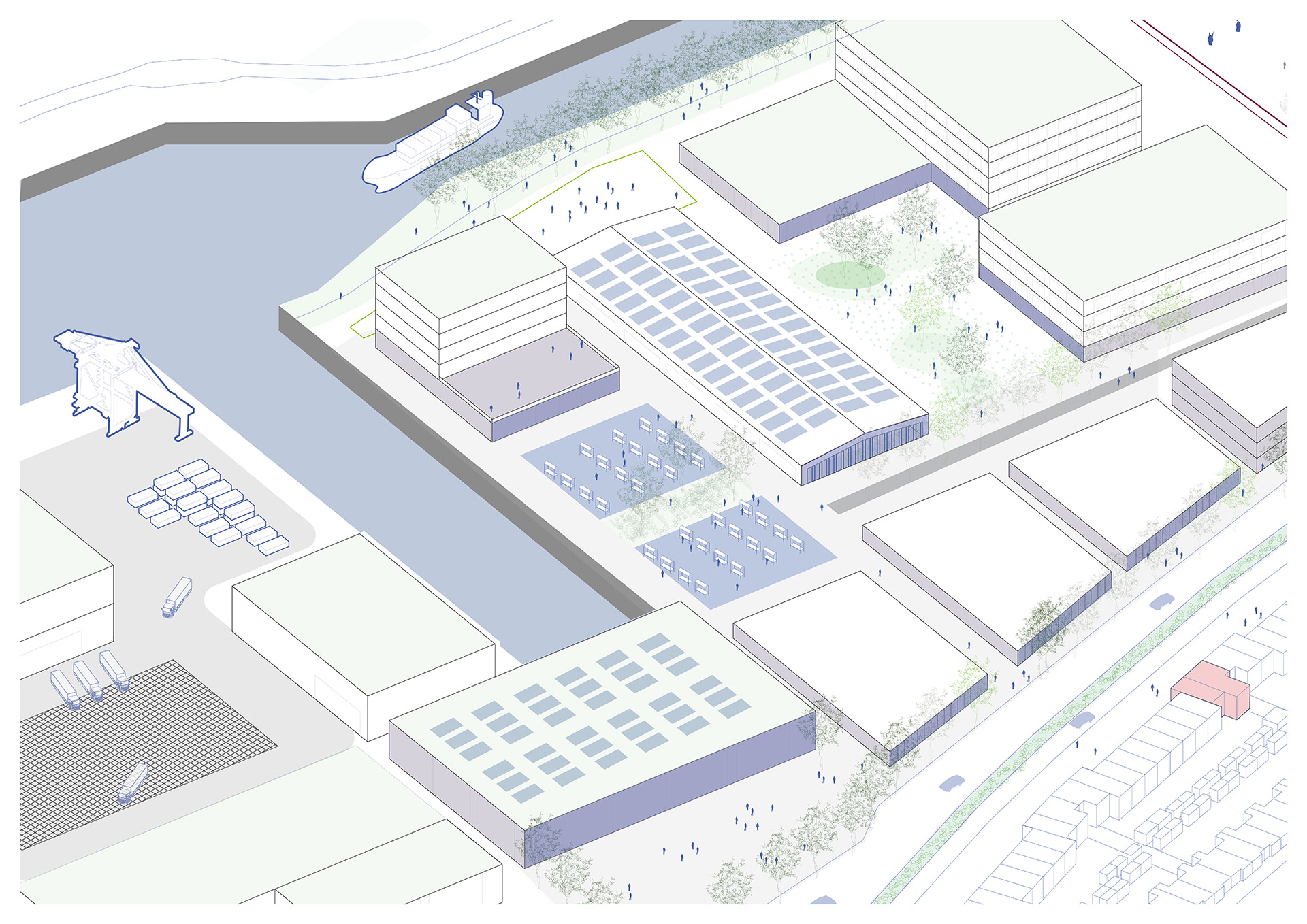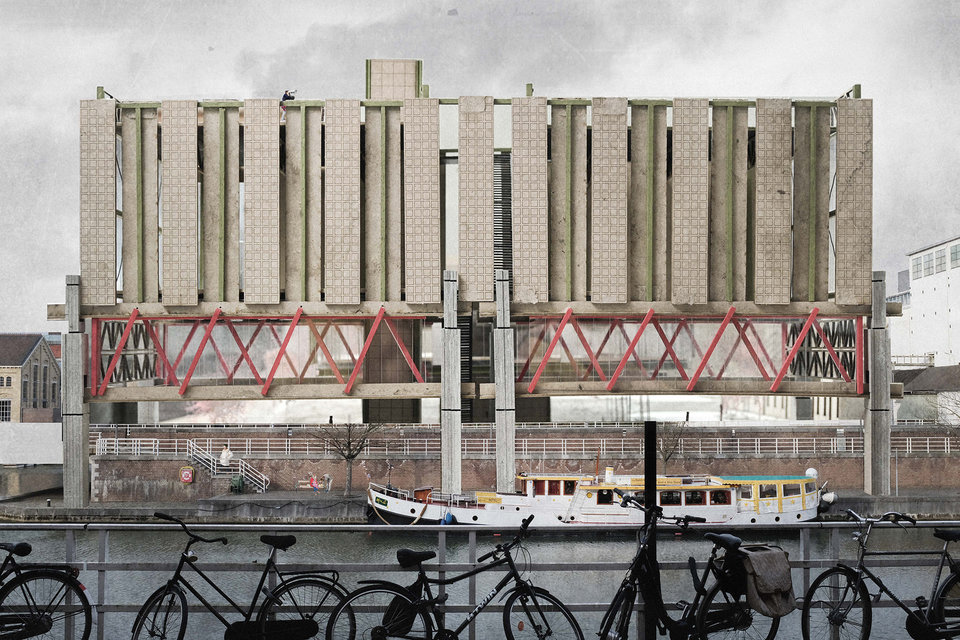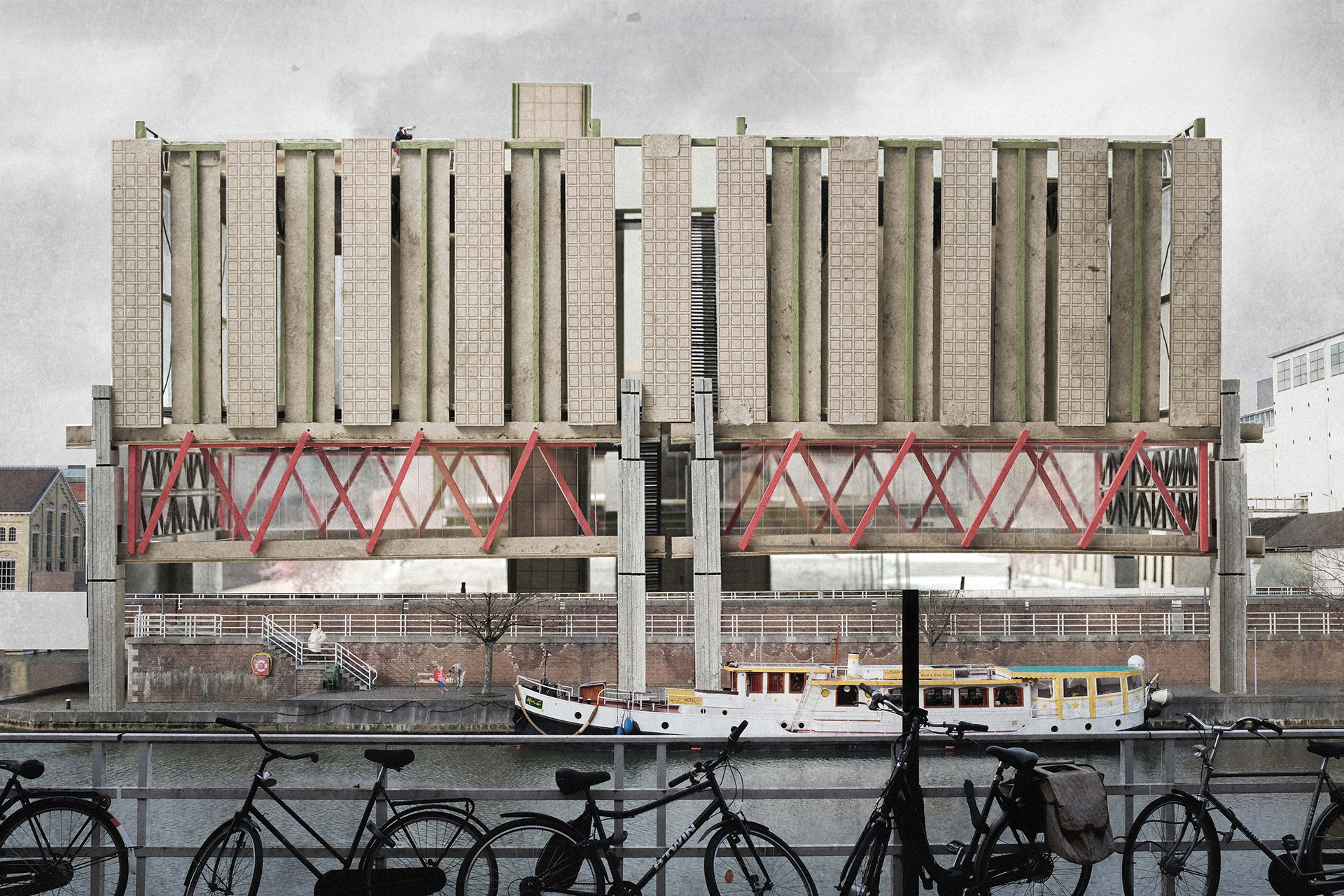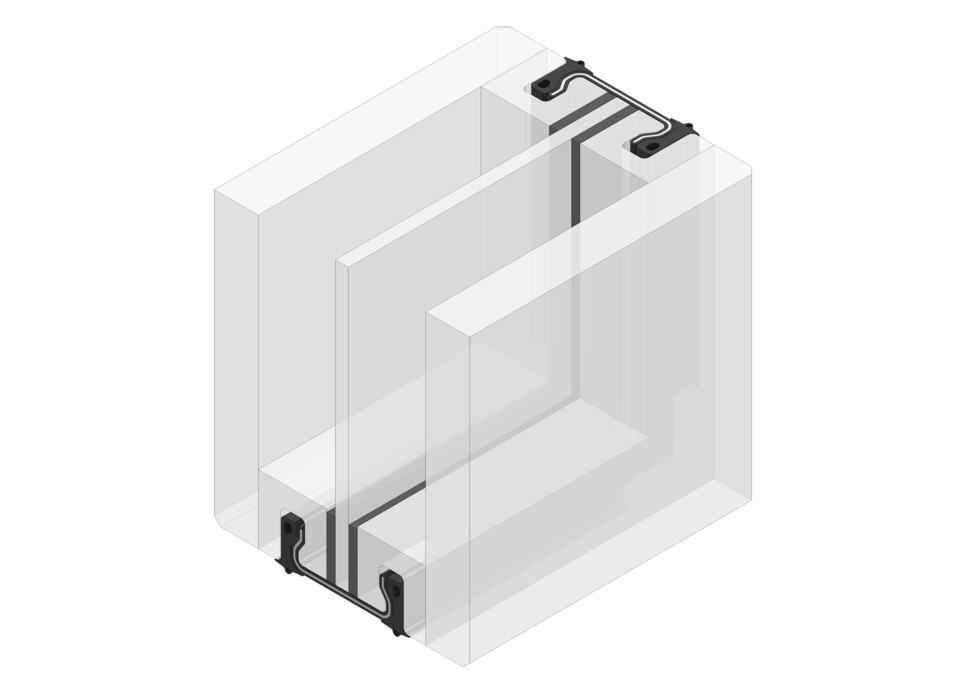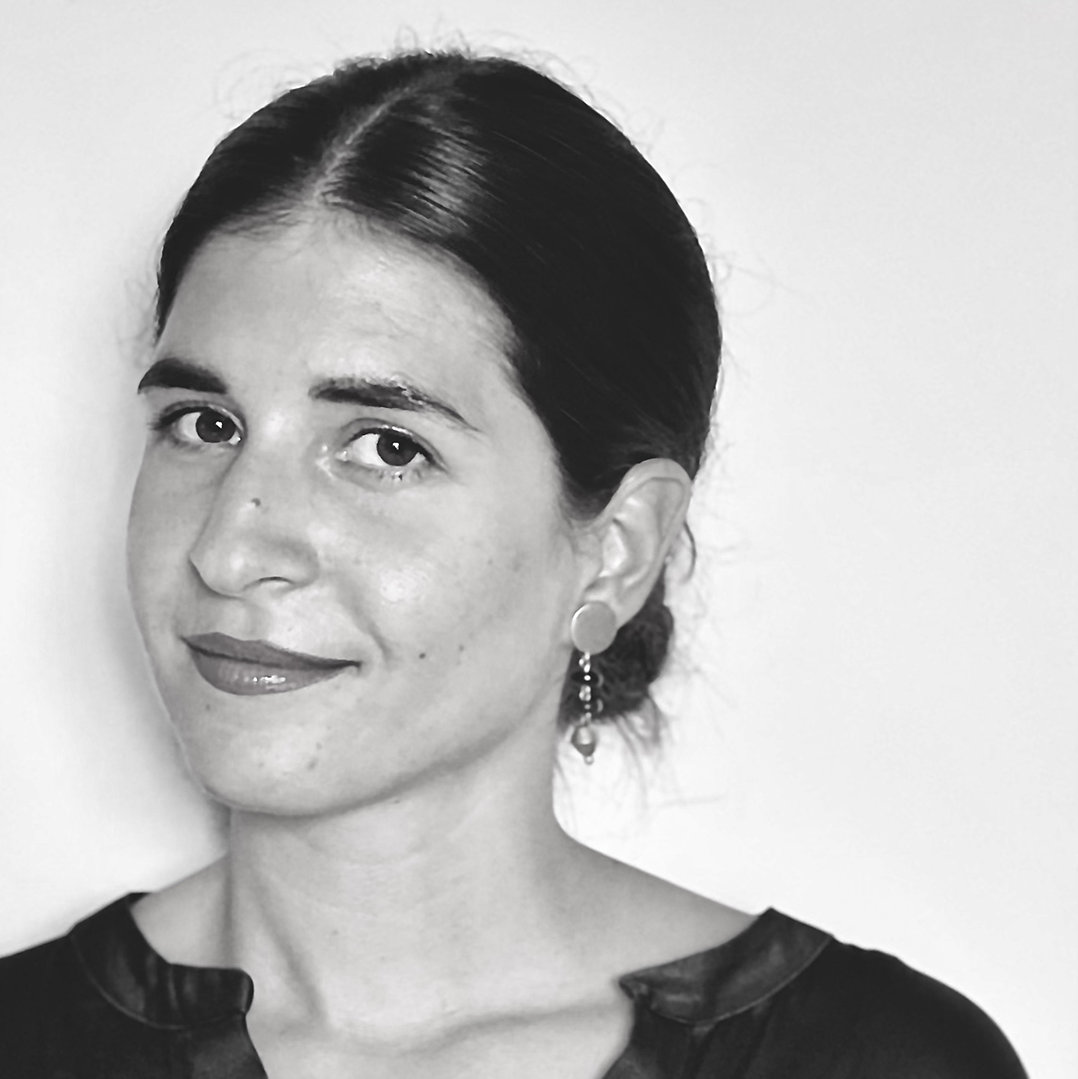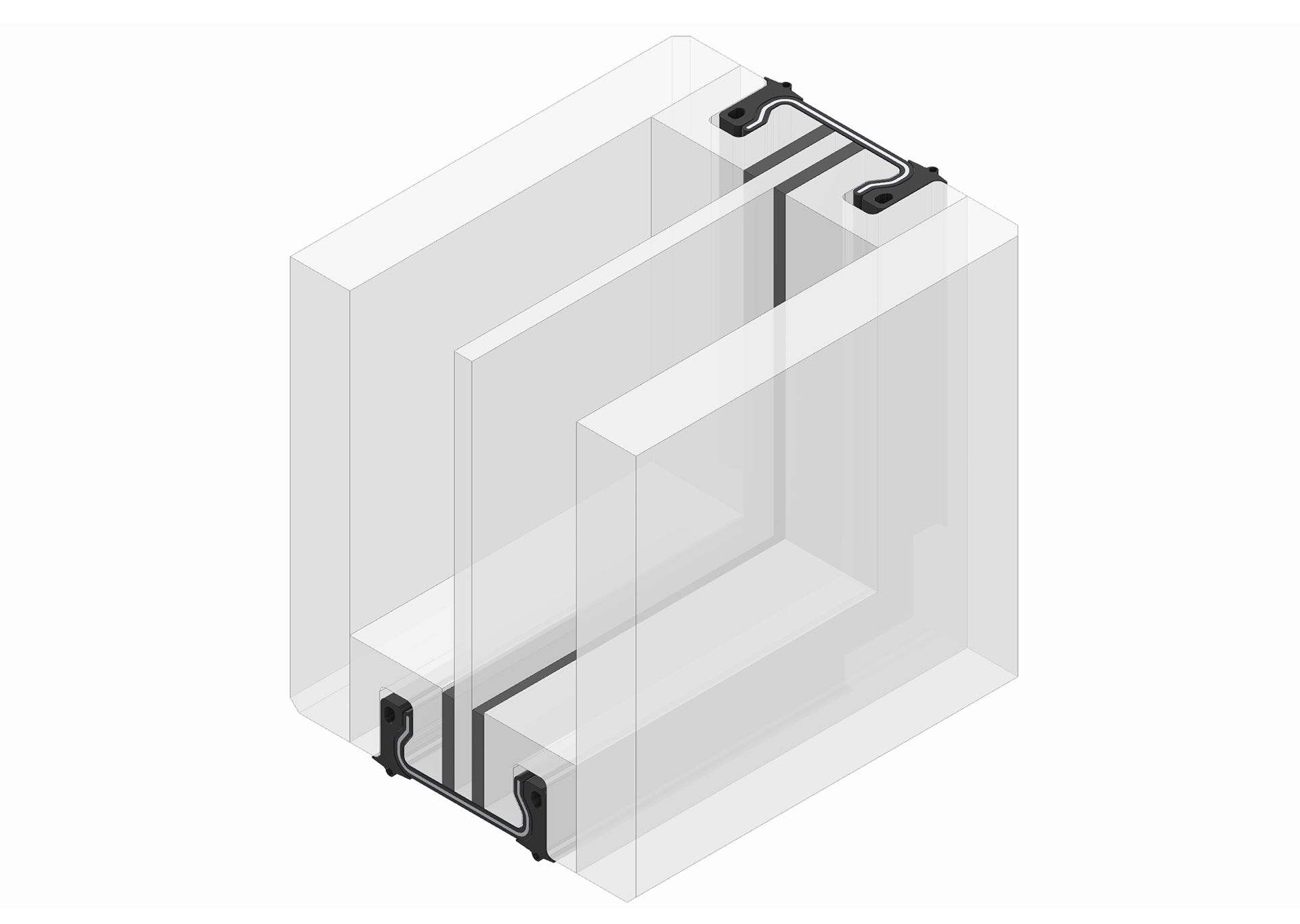From transforming urban leftover spaces into food hubs to gleaning building materials on post-industrialist sites: at TU Delft’s Faculty of Architecture and the Built Environment many master students direct their efforts towards more circular practises. In October 2022, the jury announced the four winners of the third annual Circularity in The Built Environment Graduation Award (2021-2022). In a brief interview, each winner gives an impression of his or her graduation project, explaining how circular practices may be achieved through thoughtful and meticulous design and engineering.
Circularity in the Built Environment Graduation Award
The Circularity in the Built Environment Graduation Award is an annual award for students of the Faculty of Architecture and the Built Environment who graduated on a topic related to Circularity in the Built Environment. The prize is awarded by the Circular Built Environment Hub with the aim to stimulate research and innovation in the field of circularity in the built environment.
Winners of the Circularity in the Built Environment Graduation Award are selected from four categories: Materials & Components, Buildings & Neighbourhoods, Cities & Regions and Cross-scale.

